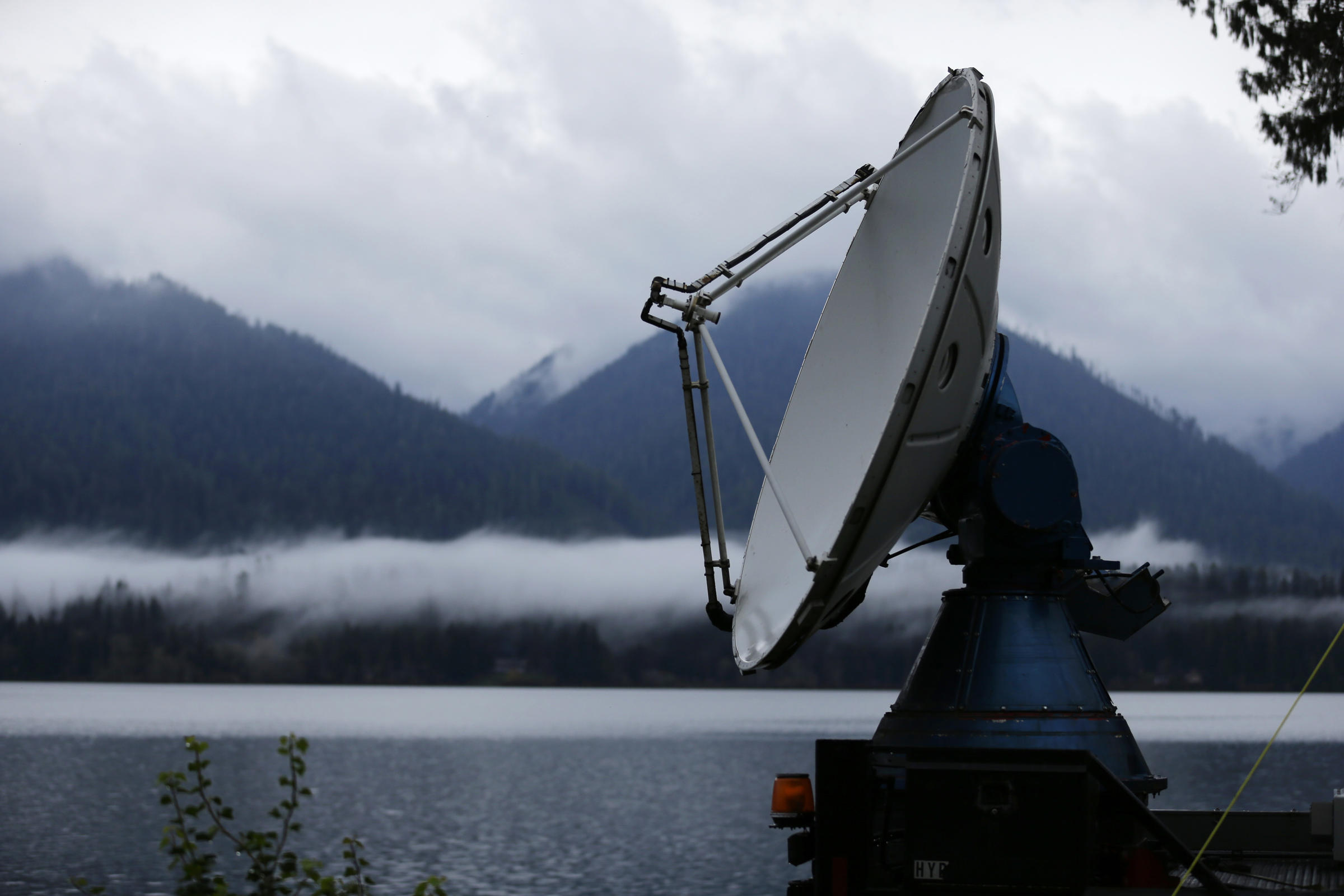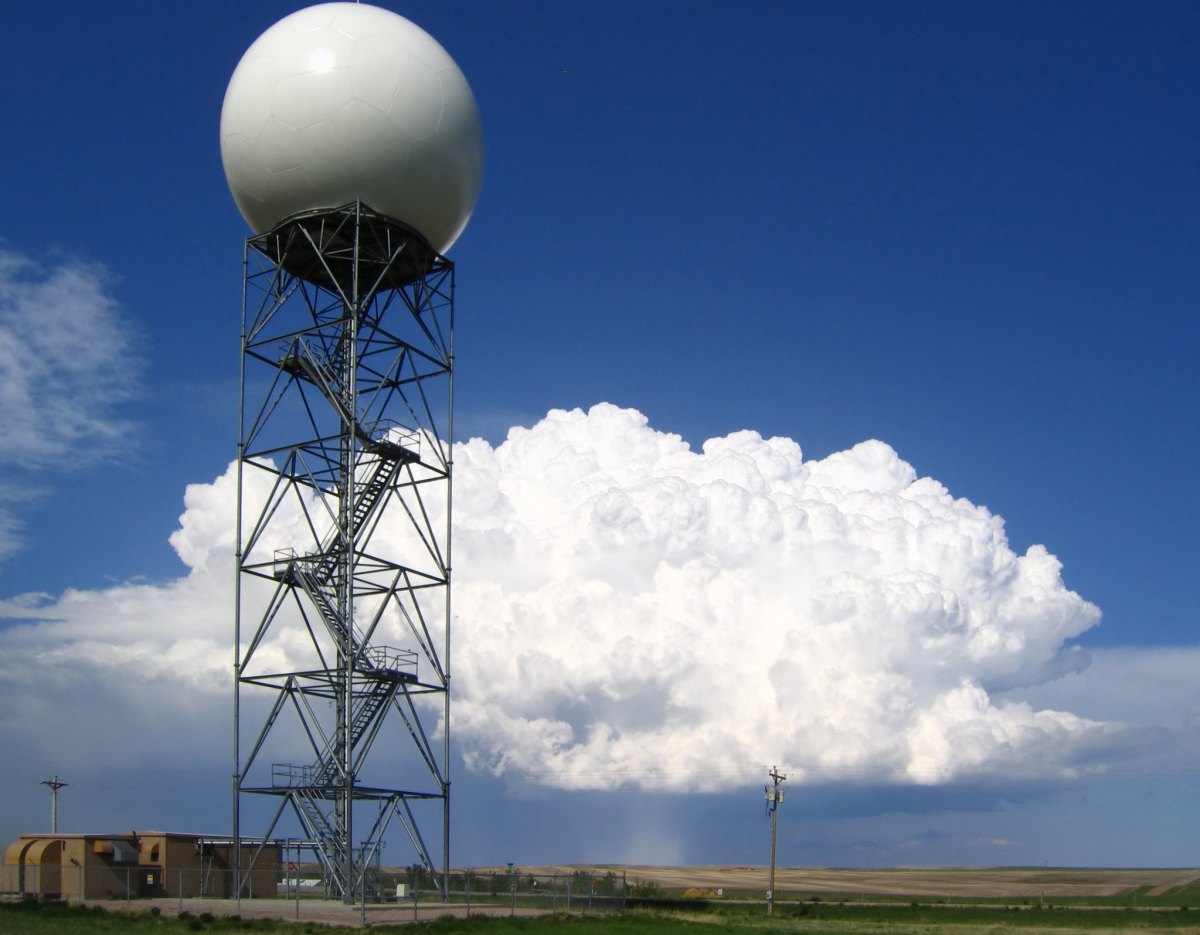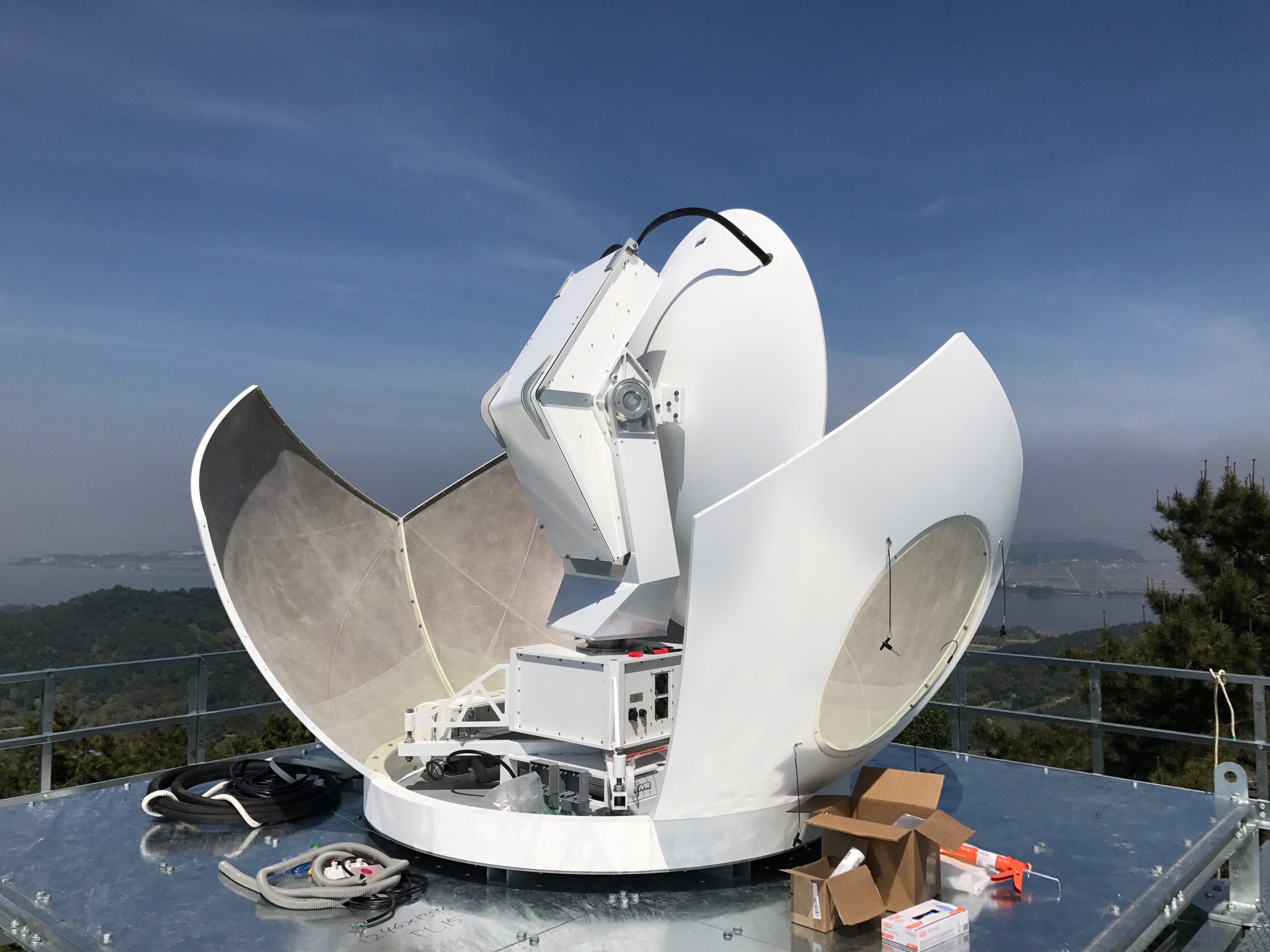Weather Radar Basics

Weather radar, a remote sensing technology, is used to detect and track precipitation, such as rain, snow, hail, and sleet. It works by transmitting electromagnetic radiation (radio waves) into the atmosphere and analyzing the reflected signals to determine the presence, intensity, and movement of precipitation.
Weather radar, an indispensable tool for meteorologists, provides real-time data on precipitation patterns. Its advanced technology has applications beyond weather forecasting, such as in the realm of hydrology. Take, for example, the vibrant community of Mt. Vernon, Indiana , where weather radar plays a crucial role in monitoring rainfall patterns and managing water resources.
Through its intricate network of sensors, weather radar continues to be an invaluable asset, safeguarding communities from extreme weather events and optimizing water usage.
Fundamental Principles
Weather radar operates on the principles of electromagnetic wave propagation and scattering. When a radar antenna emits a pulse of radio waves, these waves travel through the atmosphere and interact with precipitation particles. A portion of the energy is scattered back to the radar antenna, where it is received and analyzed.
Weather radar, a watchful sentinel in the meteorological realm, scans the skies, unveiling hidden patterns in the atmospheric dance. Like a conductor guiding an orchestra, it orchestrates a symphony of data, painting a vivid canvas of weather conditions. When the tempestuous winds gather strength, the radar transforms into a vigilant storm tracker , its gaze piercing through the clouds, tracking the relentless march of storms.
Yet, amidst the chaos, the radar remains a beacon of clarity, its unwavering presence ensuring our safety and understanding of the ever-changing weather tapestry.
The strength of the reflected signal, known as reflectivity, is proportional to the size, shape, and concentration of the precipitation particles. By measuring the reflectivity, radar can estimate the intensity of precipitation.
Types of Weather Radar Systems
There are several types of weather radar systems, each with its own capabilities and applications:
- Doppler radar: Measures the velocity of precipitation particles by analyzing the frequency shift in the reflected signal. This information is used to determine the direction and speed of storms.
- Dual-polarization radar: Transmits and receives both horizontal and vertical polarization waves. This allows for the discrimination of different types of precipitation, such as rain, hail, and snow.
- Phased-array radar: Uses an electronically scanned array of antennas to steer the radar beam electronically, providing high-resolution and rapid scanning capabilities.
Applications of Weather Radar

Weather radar technology has proven to be an invaluable tool in various fields, extending beyond the realm of weather forecasting. Its applications span a diverse range of disciplines, from aviation safety to hydrology and water resource management.
Severe Weather Forecasting and Tracking
Weather radar is a crucial instrument for detecting, monitoring, and predicting severe weather events. Its ability to provide real-time data on precipitation intensity, movement, and storm structure enables meteorologists to issue timely warnings for tornadoes, hurricanes, and other hazardous weather conditions.
By tracking the movement and evolution of storm systems, weather radar helps emergency responders prepare for and mitigate potential impacts. It also aids in the development of early warning systems, providing valuable lead time for communities to take necessary precautions.
Aviation Safety and Air Traffic Management
Weather radar plays a pivotal role in ensuring the safety of air travel. It provides pilots with real-time information on weather conditions along their flight path, allowing them to avoid hazardous areas and navigate safely through turbulent weather.
Air traffic controllers also rely on weather radar data to optimize flight routes, minimize delays, and ensure the efficient flow of air traffic. By identifying and tracking areas of severe weather, controllers can reroute flights away from potential hazards, reducing the risk of accidents and ensuring a smooth and safe journey for passengers.
Hydrology and Water Resource Management
Weather radar data is essential for understanding and managing water resources. It provides accurate estimates of precipitation over large areas, enabling hydrologists to monitor river flows, predict flooding events, and assess water availability.
By combining weather radar data with other hydrological models, water resource managers can develop strategies for flood control, drought mitigation, and sustainable water use. It helps them make informed decisions on reservoir operations, irrigation scheduling, and water allocation, ensuring the optimal utilization of water resources.
Advanced Weather Radar Techniques

Weather radar technology has advanced significantly in recent years, enabling meteorologists to obtain more accurate and detailed information about precipitation and other atmospheric phenomena.
Dual-Polarization Radar
One of the most significant advancements is the development of dual-polarization radar. This technology allows radar to transmit and receive both horizontal and vertical polarization waves, providing information about the shape, size, and orientation of precipitation particles. This data can be used to distinguish between different types of precipitation, such as rain, snow, hail, and graupel, and to estimate the intensity and distribution of precipitation more accurately.
Artificial Intelligence and Machine Learning
Artificial intelligence (AI) and machine learning (ML) are also playing an increasingly important role in weather radar analysis. AI algorithms can be used to automatically identify and track weather features, such as storms, and to forecast their movement and intensity. ML algorithms can be trained on large datasets of radar data to learn the relationships between radar signatures and different types of precipitation and atmospheric conditions. This information can be used to improve the accuracy and efficiency of weather radar analysis and forecasting.